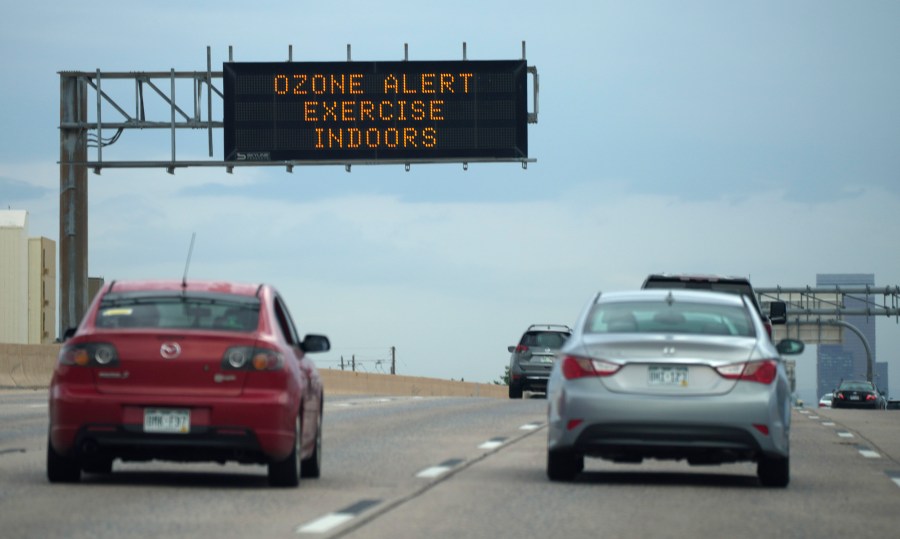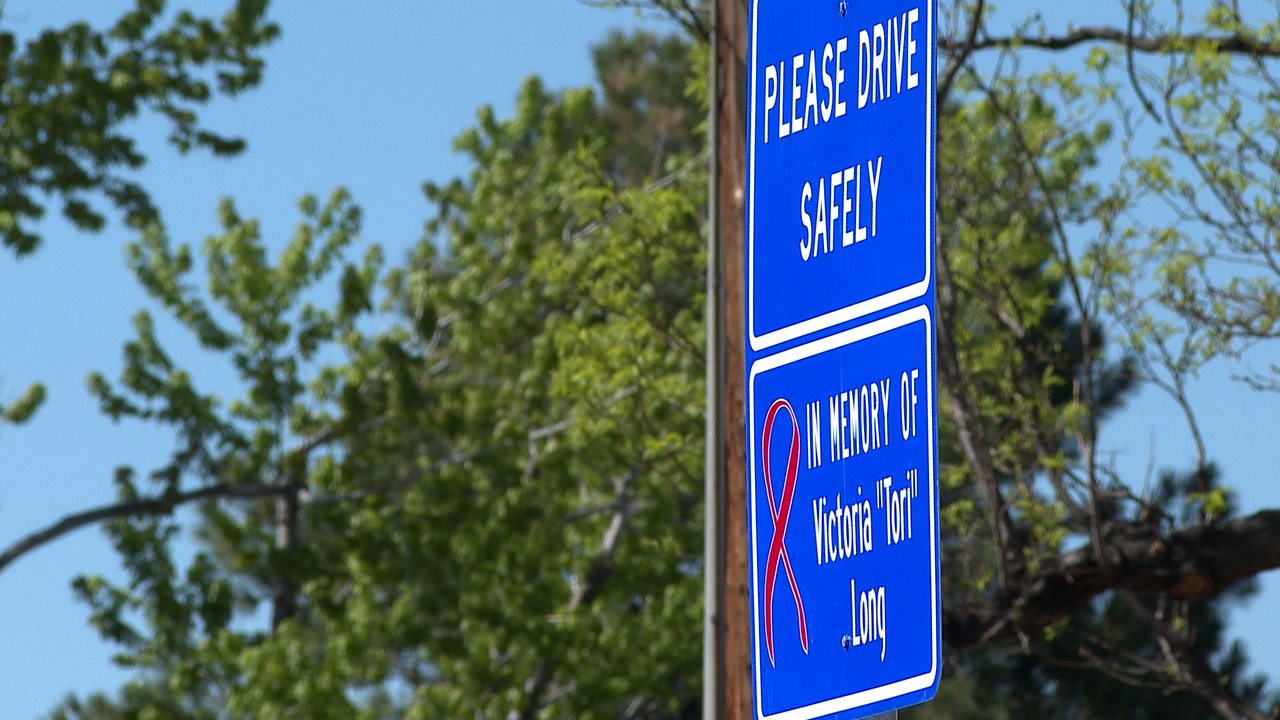DENVER (KDVR) — Colorado’s three largest metropolitan areas are ranked among the top 25 worst places in the nation for ozone pollution, according to a new report from the American Lung Association.
Denver-Aurora ranked 6th, Fort Collins ranked 15th and Colorado Springs ranked 20th on the list, which is released annually in the association’s State of the Air Report.
“While ozone pollution in all three cities got worse compared with last year’s report, Colorado Springs experienced a significant increase in the number of unhealthy ozone days, making it a new addition to the list this year,” according to a Wednesday release from the American Lung Association.
This year’s report, released Wednesday, covers 2019-21.
Ten metropolitan areas in California were among the top 25 rankings for worst ozone pollution, with four California metros in the top five. The Phoenix-Mesa area ranked next, and Denver-Aurora after that.
Fort Collins’ ozone levels ranked worse than Las Vegas, Chicago and Dallas. Colorado Springs, meanwhile, ranked worse than southwestern metro areas like San Antonio and Albuquerque.
Top 25 worst US cities for ozone
Here are the top 25 worst-ranked metropolitan areas for ozone pollution, according to the American Lung Association report:
- 1: Los Angeles-Long Beach, CA
- 2: Visalia, CA
- 3: Bakersfield, CA
- 4: Fresno-Madera-Hanford, CA
- 5: Phoenix-Mesa, AZ
- 6: Denver-Aurora, CO (one spot worse than last year’s report)
- 7: Sacramento-Roseville, CA
- 8: San Diego-Chula Vista-Carlsbad, CA
- 9: Houston-The Woodlands, TX
- 10: Salt Lake City-Provo-Orem, UT
- 11: San Jose-San Francisco-Oakland, CA
- 12: New York-Newark, NY-NJ-CT-PA
- 13: El Centro, CA
- 14: El Paso-Las Cruces, TX-NM
- 15: Fort Collins, CO (three spots worse than last year’s report)
- 15: Las Vegas-Henderson, NV
- 17: Chicago-Naperville, IL-IN-WI
- 18: Dallas-Fort Worth, TX-OK
- 19: Reno-Carson City-Fernley, NV
- 20: Colorado Springs, CO (new addition in this year’s report)
- 21: San Luis Obispo-Paso Robles, CA
- 22: Redding-Red Bluff, CA
- 23: San Antonio-New Braunfels-Pearsall, TX
- 24: Albuquerque-Santa Fe-Las Vegas, NM
- 25: Hartford-East Hartford, CT
The report found that every county in the Denver region got a failing grade for ozone pollution.
Denver also “recorded its worst-ever levels for short-term particle pollution,” according to the association. The Denver-Aurora area ranked 18th on that list, just above the Salt Lake City and Pittsburgh metro areas.

Colorado cities among cleanest for particle pollution
Meanwhile, Boulder County also recorded its most unhealthy days ever for short-term particle pollution, and Fort Collins also recorded its worst-ever levels. Particle pollution days are also worsening in Weld County, the report found.
But the rankings were not all bad news. No Colorado cities are in the top 25 for the worst year-round particle pollution. And in fact, Colorado Springs (9th) and Grand Junction (12th) ranked among the cleanest cities nationally for year-round particle pollution.
